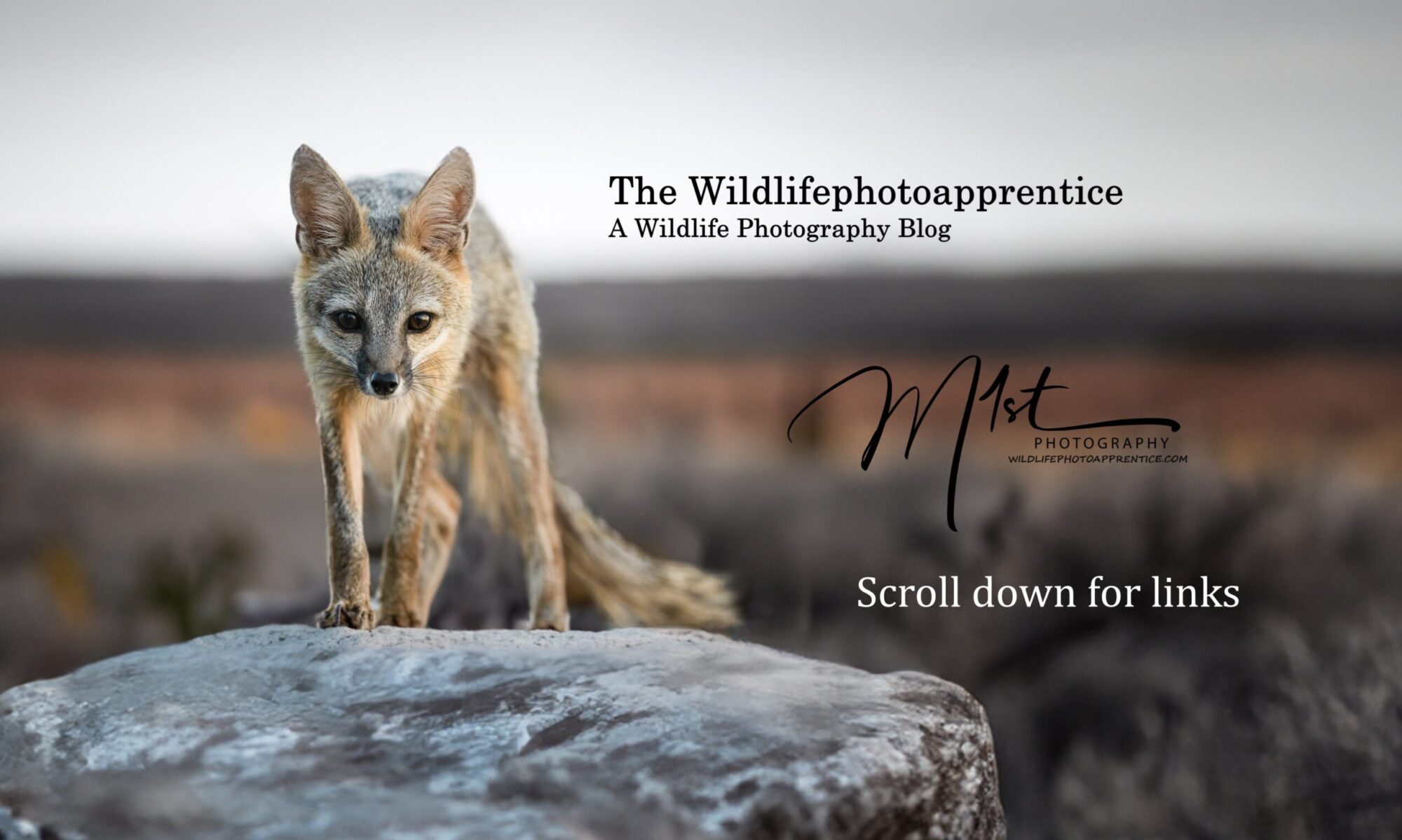Rattlesnake Springs is a beautiful and unique location situated in southeastern New Mexico, United States. Rattlesnake Springs is located in Carlsbad Caverns National Park. The spring has its origins in the extensive underground water system of the Guadalupe Mountains. The water emerges at the surface as Rattlesnake Springs, providing a source of freshwater in the desert environment. It is a protected area managed by the Bureau of Land Management (BLM) and is home to a variety of bird species, making it a popular destination for birding and birding photography enthusiasts.
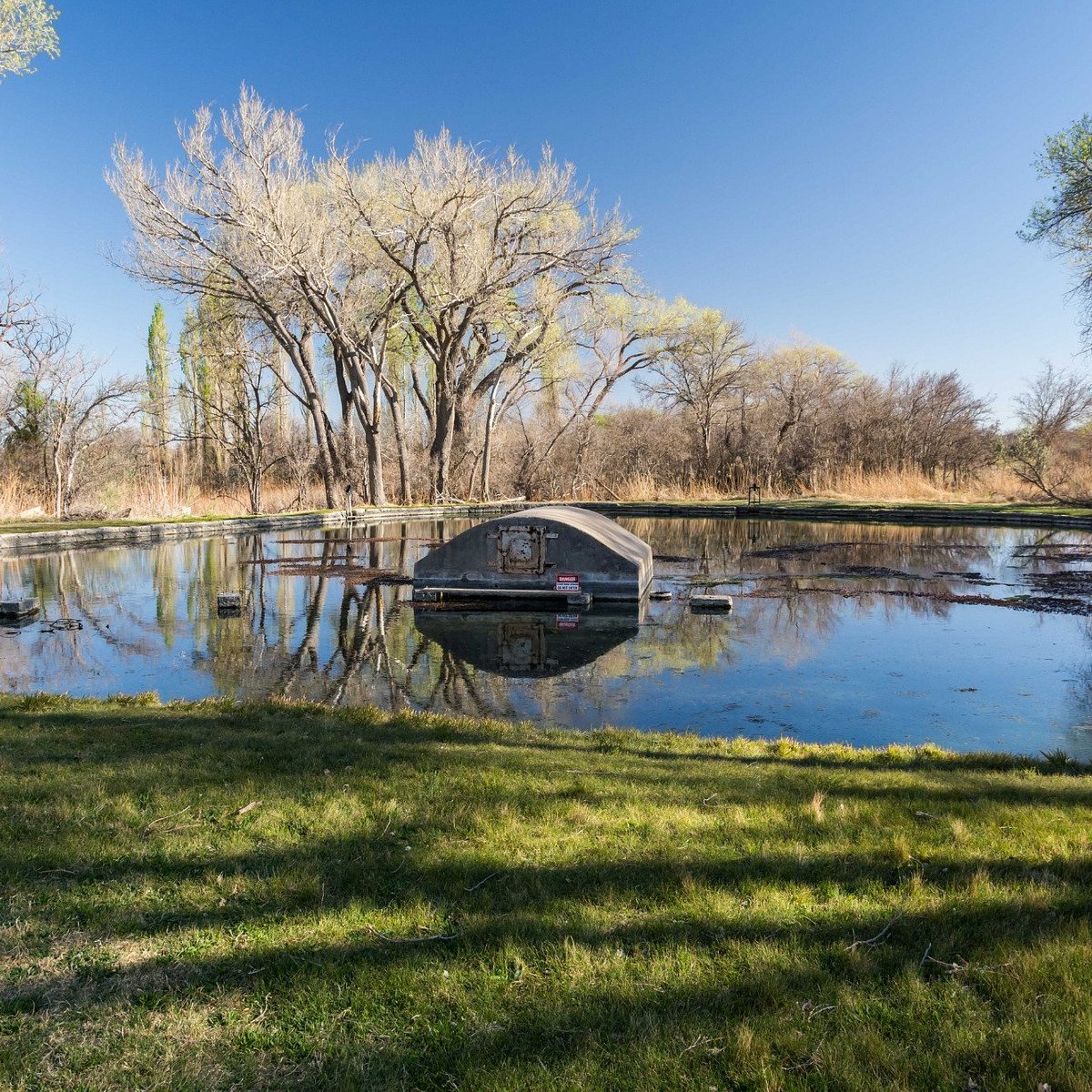
Rattlesnake Springs is located in the Chihuahuan Desert in southeastern New Mexico, about 28 miles south of Carlsbad, New Mexico. To get there, take US-62 South from Carlsbad. After driving for approximately 35 minutes, turn right onto Washington Ranch Rd. and follow the signs to the Rattlesnake Springs parking lot.
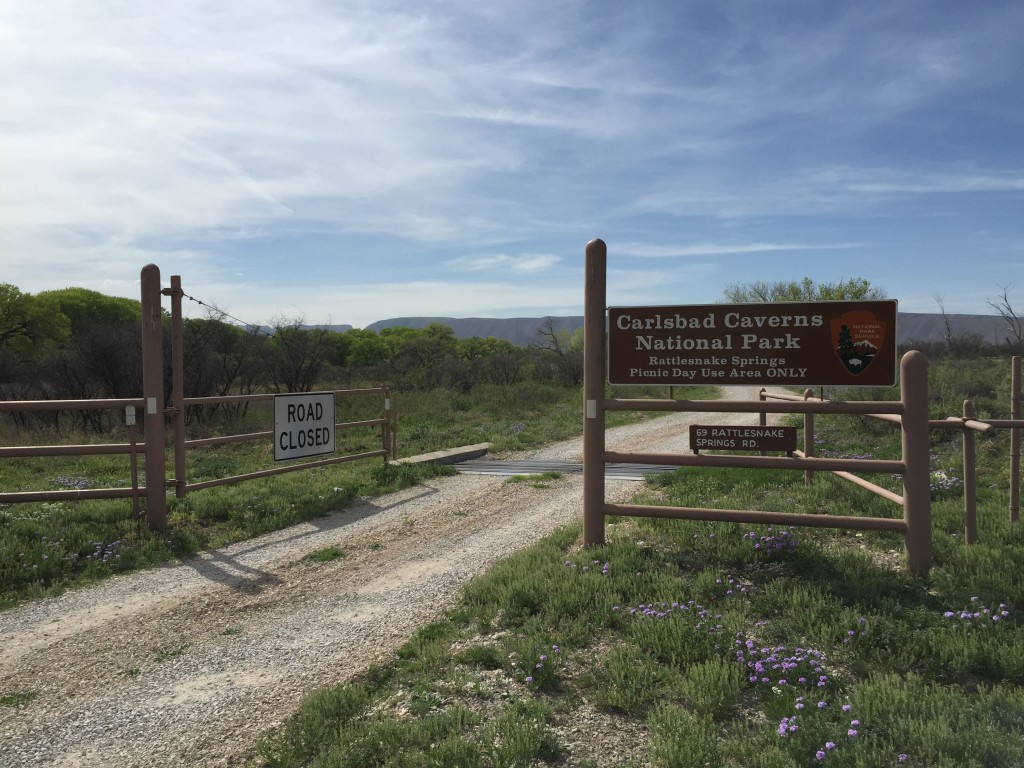
Rattlesnake Springs has historical significance, particularly in the context of human settlement and the development of the region. While detailed historical records specifically about Rattlesnake Springs are limited, the broader history of the area and its use by indigenous peoples and later settlers is not in doubt. Before European colonization, the area around Rattlesnake Springs was likely inhabited by indigenous peoples, including the Apache and Comanche tribes. These groups often relied on natural water sources like springs for sustenance. With the arrival of Spanish explorers and settlers in the 16th and 17th centuries, there was an increased interest in exploring and establishing settlements in the southwestern United States, including New Mexico. Springs like Rattlesnake Springs would have been important as water sources for both humans and livestock. As the region became part of the United States in the mid-19th century, ranching and homesteading became more common. Springs like Rattlesnake Springs would have been essential for supporting ranching activities and providing water for agricultural purposes. Rattlesnake Springs, being a natural spring, has always played a role in supporting local wildlife. The area’s designation as part of a national park underscores its importance for conservation efforts and preserving the natural habitat.
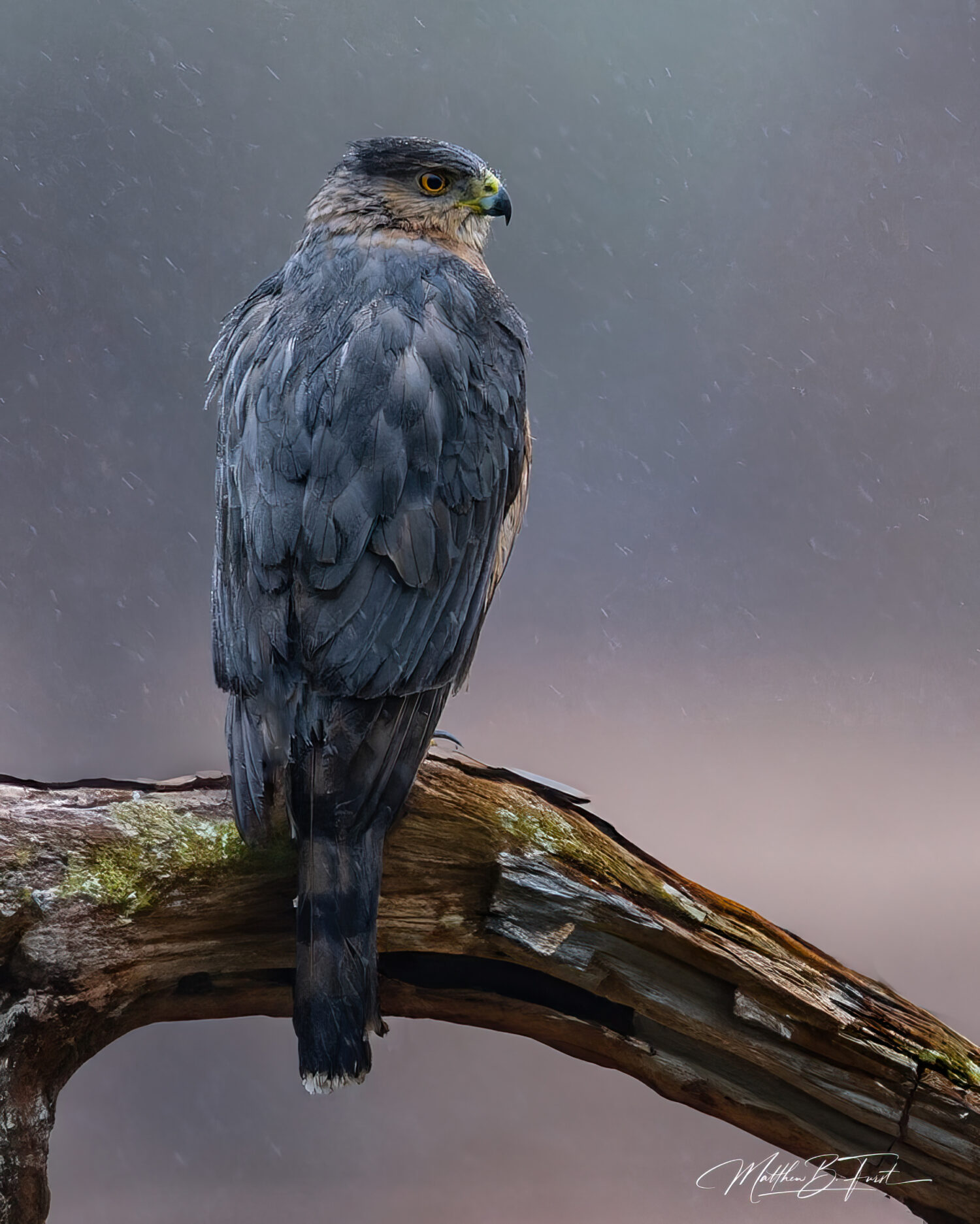
Rattlesnake Springs is a birding area often referred to as a migrant trap. A migrant bird trap is an area that is known to be an important stopover site or migration route for a variety of bird species. The term “migrant bird trap” does not necessarily refer to an actual trapping device or technique, but rather to the idea that the location is attractive to migratory birds and can serve as a place where researchers can conduct studies on bird populations and their movements. Migrant bird traps are often located in areas such as wetlands, forests, and grasslands, which provide important habitats and resources for migratory birds. These locations may have features such as food sources, water, and shelter that are critical to birds during their long-distance migrations. As a result, migrant bird traps may be set up in these areas to capture birds for scientific research and monitoring purposes.
Rattlesnake Springs is a paradise for birding enthusiasts, who can easily spot and observe a variety of bird species in their natural habitat. The area is known for its easy-to-navigate trails and picturesque scenery, making it an ideal destination for birding enthusiasts of all skill levels. The best time to visit Rattlesnake Springs for bird photography is during the spring and fall migration periods, which generally occur between April and May and again between September and November. During these times, bird populations are at their highest, and visitors can observe a wide range of bird species.
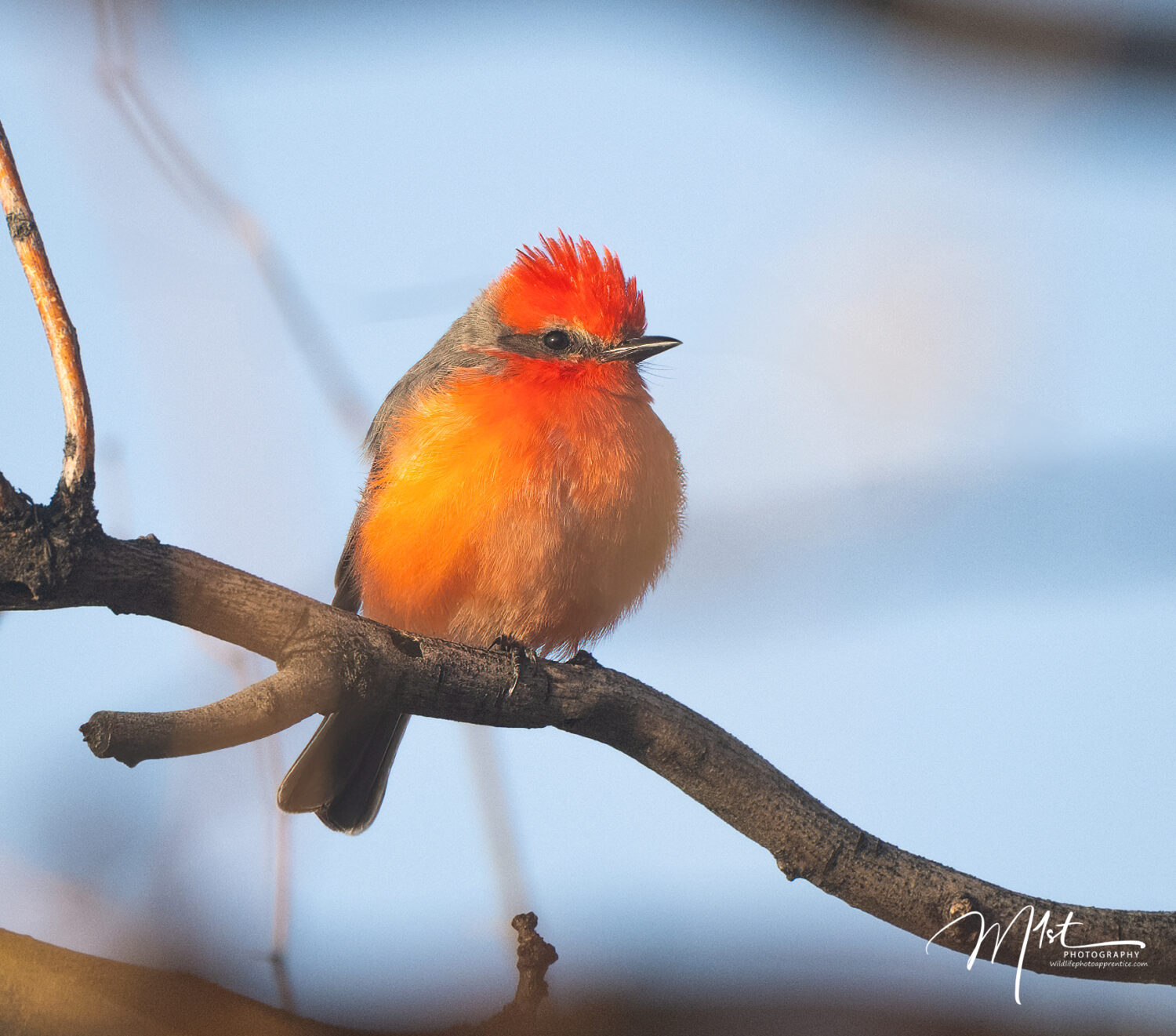
Bird Species
Rattlesnake Springs is home to many bird species, including several rare and endangered species. A list and brief description of some of the notable bird species found in Rattlesnake Springs includes the following.
Black-chinned Hummingbird – This small hummingbird species is a common visitor to Rattlesnake Springs during the spring and summer months. The males have a distinctive black chin and throat, with iridescent green feathers on their backs and crown. The females are duller in coloration and lack the black chin.
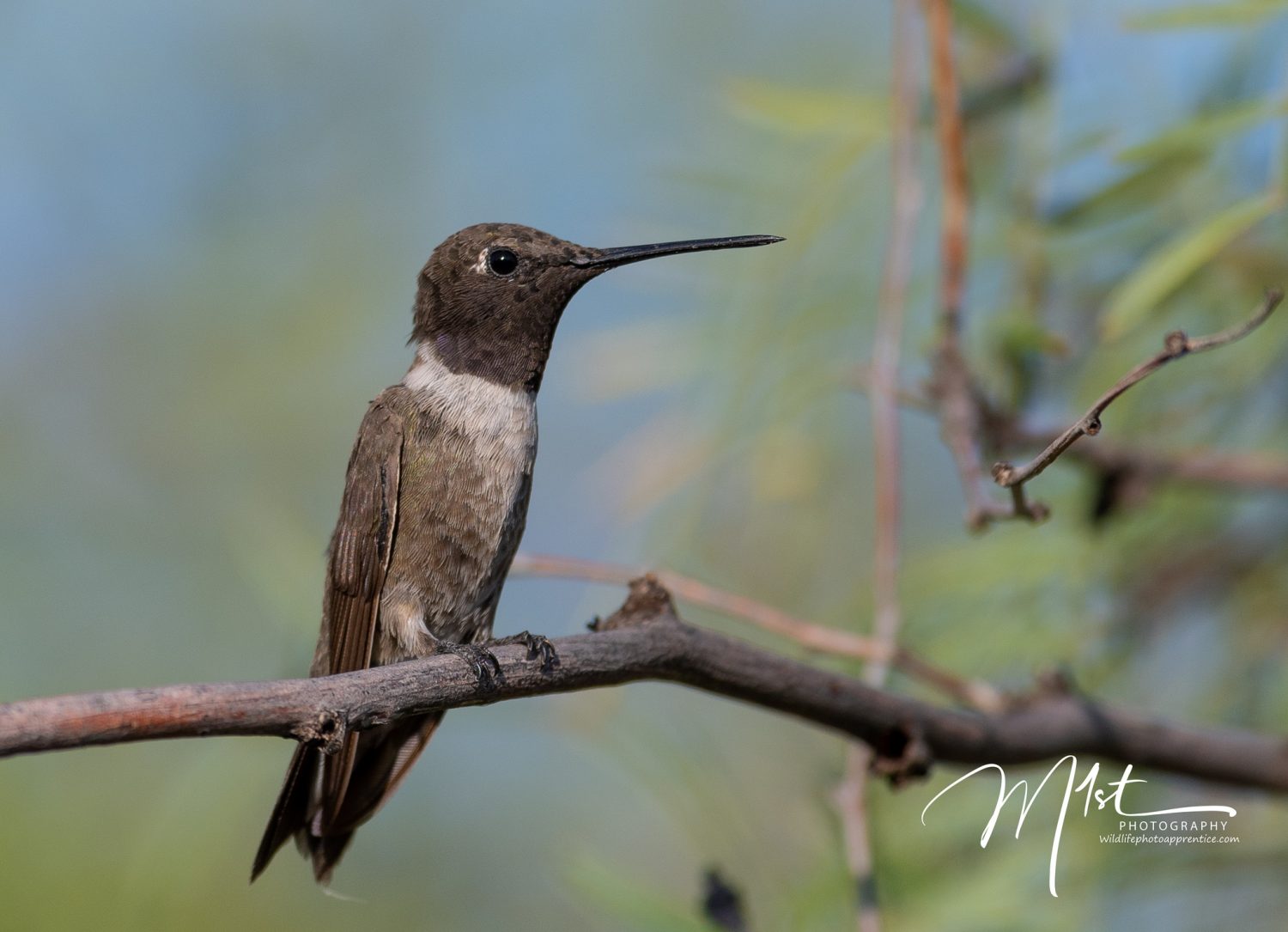
Mississippi Kite – This bird of prey is a rare sight in New Mexico, but it can be found at Rattlesnake Springs during the summer months. The Mississippi Kite has a slim, streamlined body and pointed wings that allow it to soar effortlessly through the air. It is a light gray color with a white head and a distinctive black band across its eyes.
Western Bluebird – This small songbird species is a year-round resident of Rattlesnake Springs, but it is particularly active during the spring and summer months when it is breeding. The males have a bright blue head, wings, and tail, with rusty-orange breast feathers. The females are duller in coloration but have the same overall pattern.
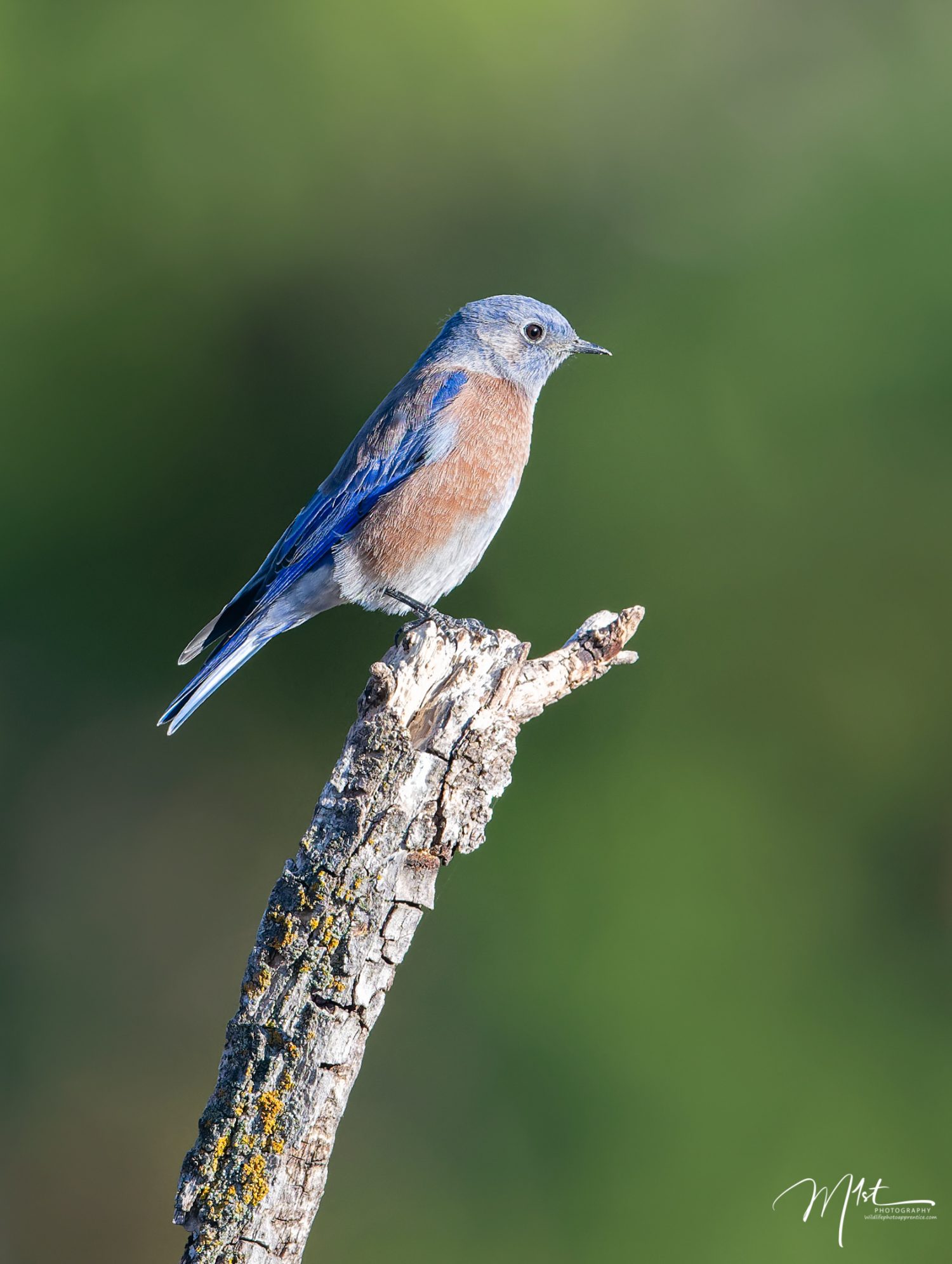
Canyon Wren – This small wren species is a year-round resident of Rattlesnake Springs and can be heard singing throughout the year. It has a distinctive call that sounds like a falling, echoing whistle. The Canyon Wren has a reddish-brown back and a cream-colored belly with black streaks.
Northern Harrier – This bird of prey is a common sight at Rattlesnake Springs during the fall migration period. The Northern Harrier has a slim, long-tailed body and a distinctive white rump patch. The males are light gray with black wingtips, while the females are brown with streaked underparts.
American Kestrel – This small falcon species is a year-round resident of Rattlesnake Springs and can be seen perching on fence posts and utility poles throughout the area. The American Kestrel has a rusty-orange back and tail, with slate-blue wings and a distinctive black mustache mark.
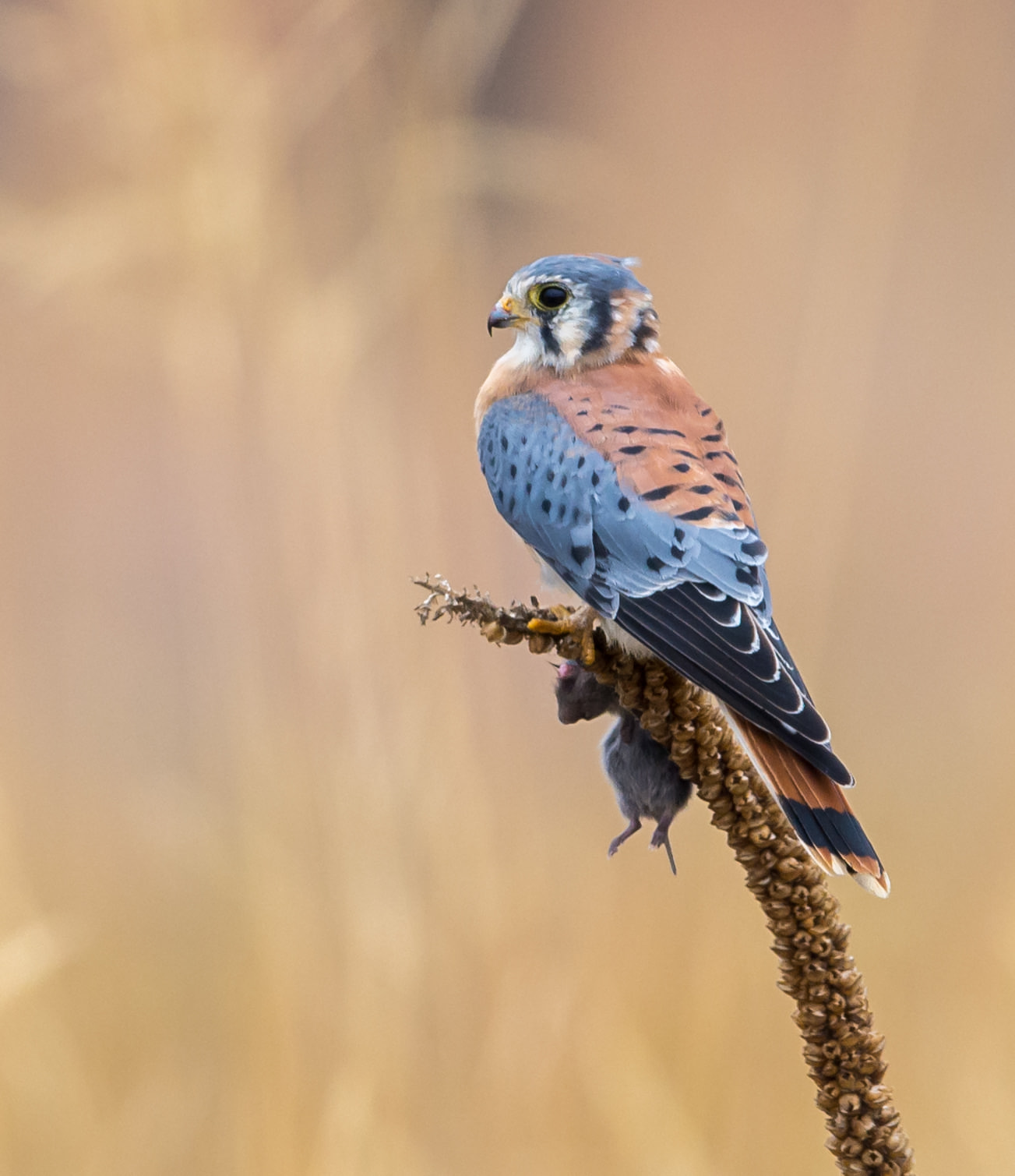
Cooper’s Hawk – This medium-sized hawk species is a common sight at Rattlesnake Springs during the fall migration period. The Cooper’s Hawk has a slate-gray back and wings, with rusty-orange breast feathers and a white belly with black streaks.
Greater Roadrunner – This bird is a common sight in the Southwest, but it is always a treat to see one at Rattlesnake Springs. The Greater Roadrunner has a distinctive appearance with a long tail, a shaggy crest, and a bare patch of skin behind its eyes. It is brown in color with a streaked belly and white spots on its wings.
Gambel’s Quail – This small game bird is a common resident of the desert Southwest and can be found at Rattlesnake Springs year-round. Gambel’s Quail has a plump body, short tail, and distinctive topknot of feathers on its head. The males have a black face and throat, with rusty-colored feathers on their bellies and sides.
Phainopepla – This unusual bird species is a year-round resident of Rattlesnake Springs and can be seen perching in the desert shrubs. The Phainopepla has a distinctive black body with a crest of feathers on its head and a bright red eye. The male has white patches on its wings, while the female has gray-brown feathers with white wing patches.
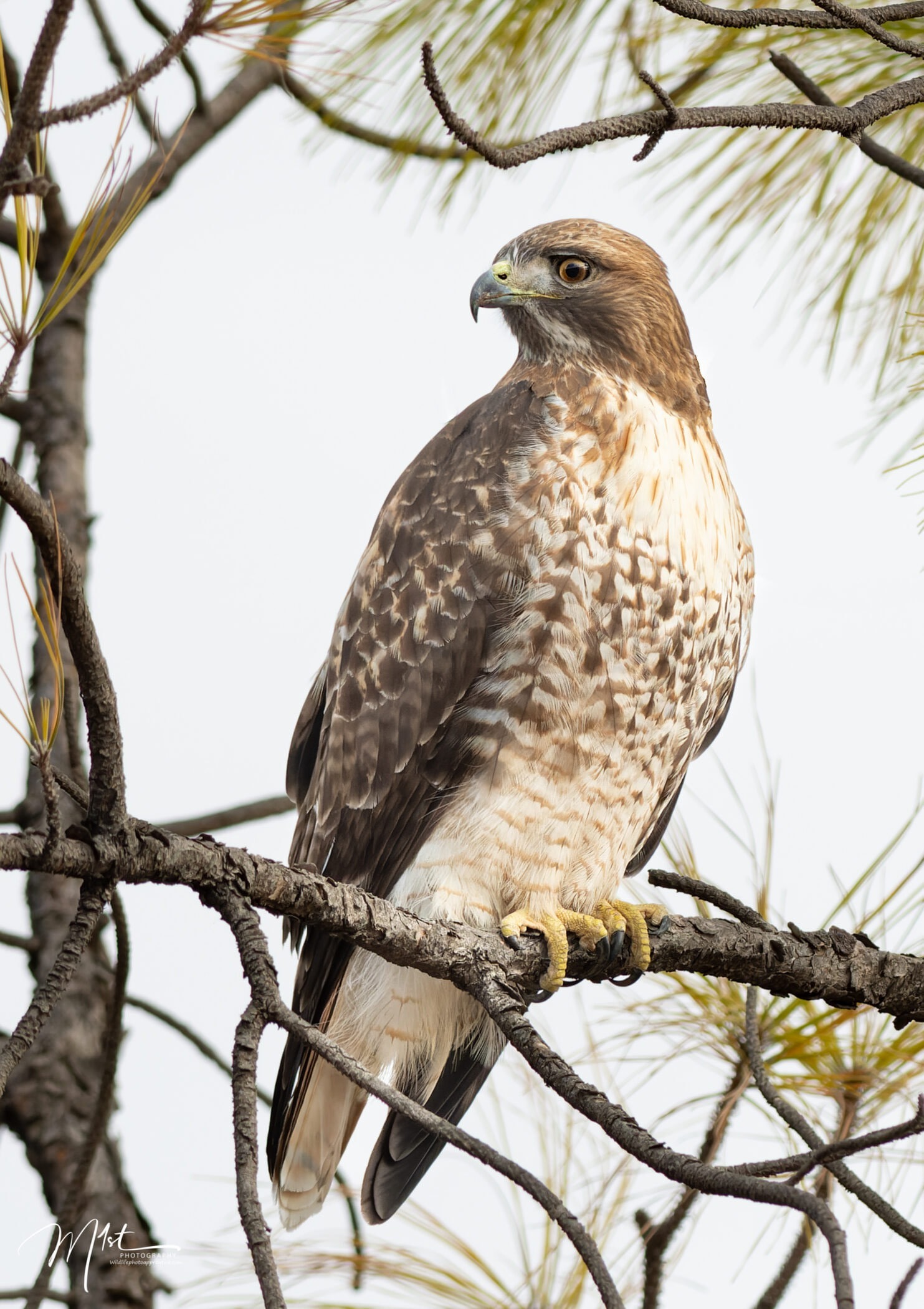
Bell’s Vireo – This small songbird species is a year-round resident of Rattlesnake Springs and can be heard singing its cheerful song throughout the area. The Bell’s Vireo has a grayish-brown body with a white eye-ring and a distinctive yellow wash on its breast and belly.
Cactus Wren – This large wren species is a year-round resident of the Southwest and can be found at Rattlesnake Springs throughout the year. The Cactus Wren has a distinctive white eyebrow stripe and a long, curved bill that it uses to probe for insects in the desert shrubs. It has a reddish-brown back and a cream-colored belly with black streaks.
Zone-tailed Hawk – This bird of prey is an uncommon sight at Rattlesnake Springs, but it can sometimes be seen during the spring and fall migration periods. The Zone-tailed Hawk has a striking resemblance to the more common Turkey Vulture, with a black body and white wingtips. It is known to fly low over the desert landscape in search of prey.
Black-throated Sparrow – This small, strikingly marked sparrow is a common resident of the southwestern deserts and can be seen year-round at Rattlesnake Springs. The Black-throated Sparrow has a gray head and back, black throat and bib, and a distinctive white eye ring.
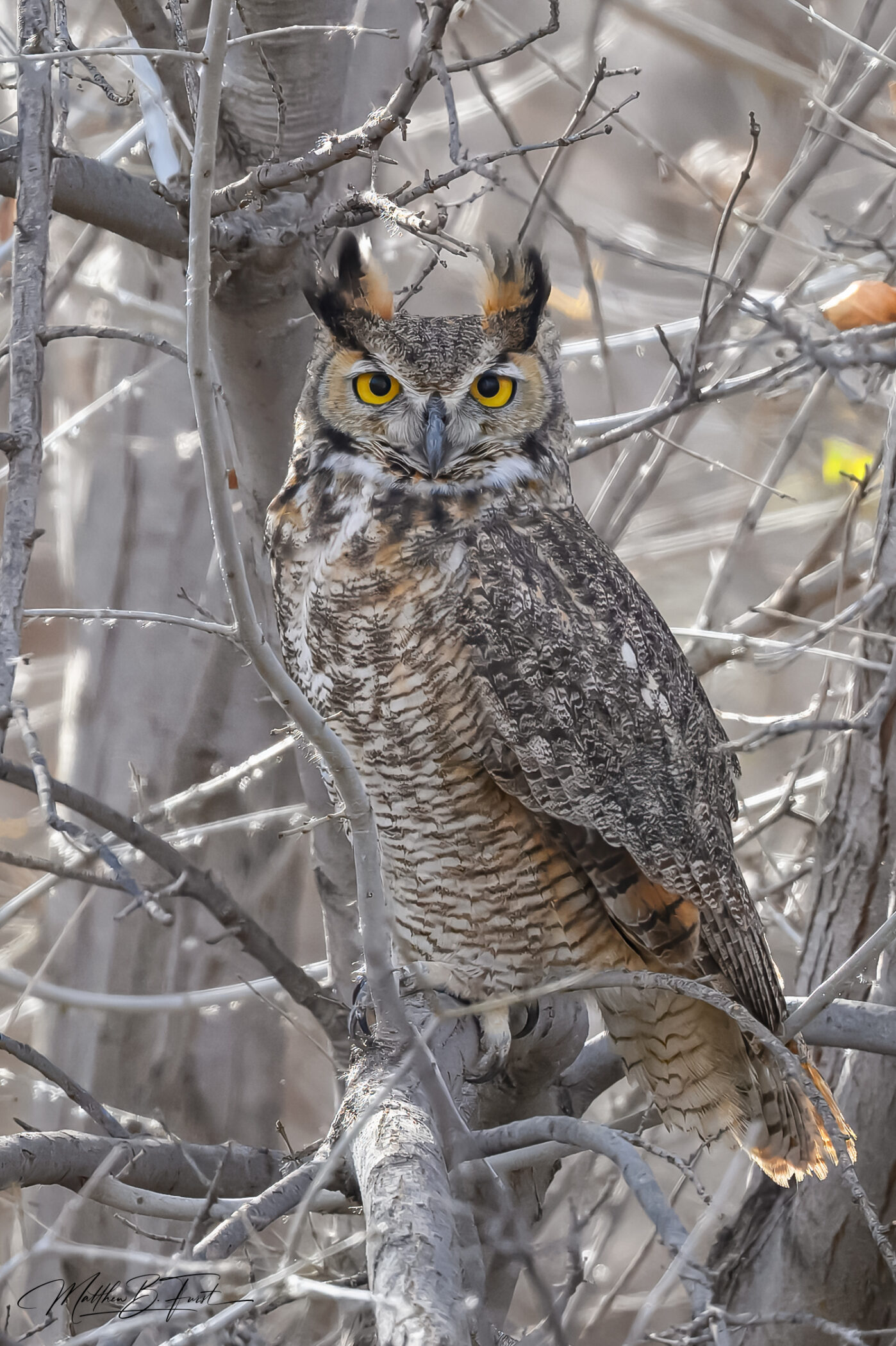
Say’s Phoebe – This flycatcher species can be found at Rattlesnake Springs year-round. The Say’s Phoebe has a gray-brown body with a rusty-colored tail and a distinctive black bill. It perches on low branches or on the ground and often flicks its tail up and down.
Verdin – This small, yellow-headed bird is a year-round resident of the southwestern deserts and can be seen at Rattlesnake Springs throughout the year. The Verdin has a yellow head and a gray-brown body and is often seen flitting through desert shrubs in search of insects.
Rufous-crowned Sparrow – This sparrow species is a year-round resident of the southwestern deserts and can be seen at Rattlesnake Springs throughout the year. The Rufous-crowned Sparrow has a gray-brown body with a distinctive rusty-colored crown and a long tail.
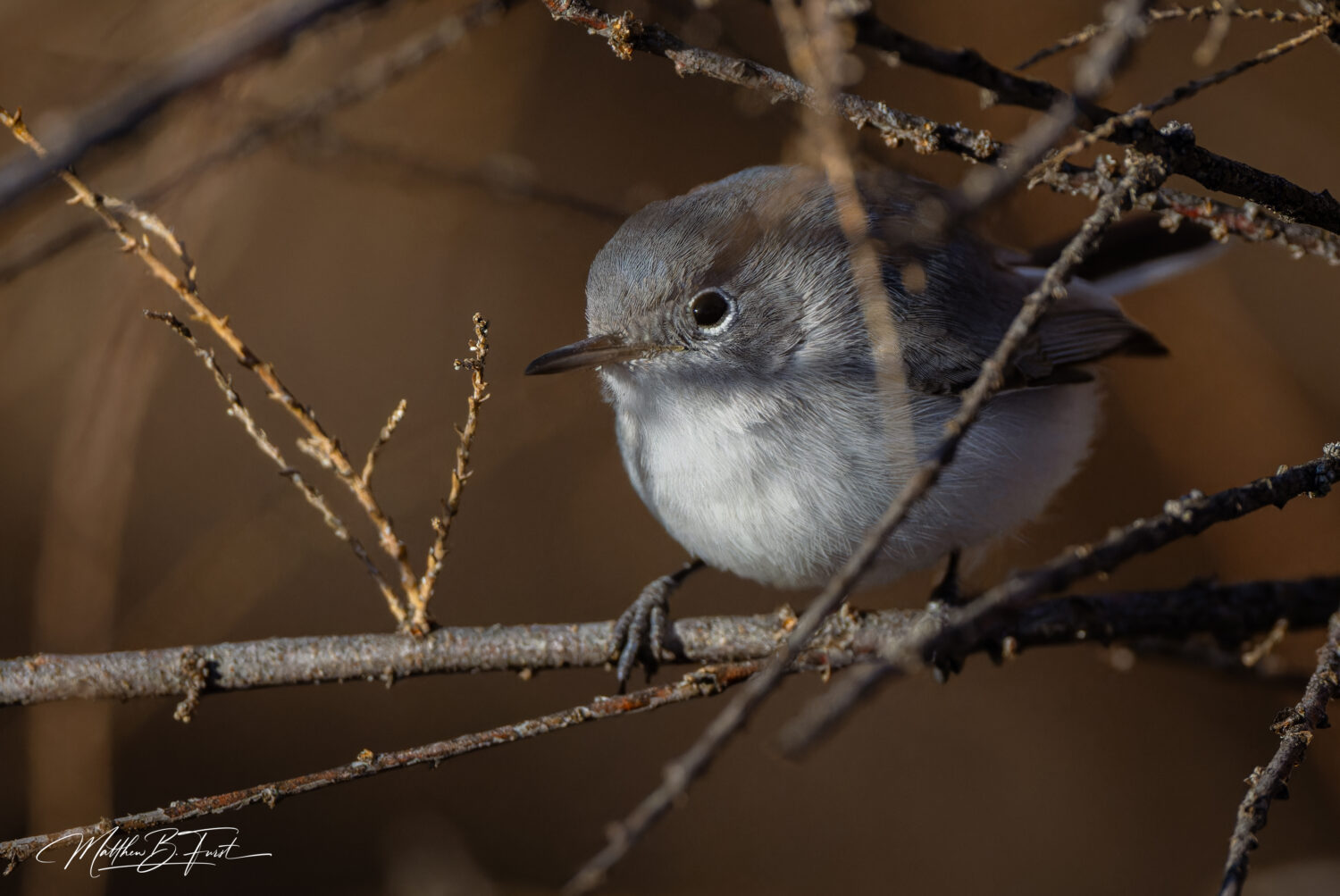
Lucy’s Warbler – This small, brightly colored warbler is a summer resident of the southwestern deserts and can be seen at Rattlesnake Springs from late April through early August. Lucy’s Warbler has a pinkish-brown body with a white belly and a distinctive black eye-line.
Bird Photography.
For bird photographers, Rattlesnake Springs provides excellent opportunities to capture stunning images of various bird species. The diverse array of bird species, including vibrant warblers, elusive owls, and majestic hawks, within the vicinity of Rattlesnake Springs presents an extensive opportunity for bird photography enthusiasts. The unique combination of species exhibiting various colors, behaviors, and habitats offers photographers a rich and captivating subject matter to capture in the stunning natural backdrop of the region.
It is important to keep in mind a few basic tips to capture the best shots. First, bring a tripod or monopod to help stabilize the camera and reduce blur. Second, shoot in manual mode to have more control over the exposure and focus. Third, use a fast shutter speed to freeze the motion of the birds. Fourth, focus on the bird’s eyes to create a sharper image. Fifth, use the longest telephoto lens you have and get close to fill the frame. Finally, be patient and take the time to observe the birds’ behavior to capture unique and interesting shots.
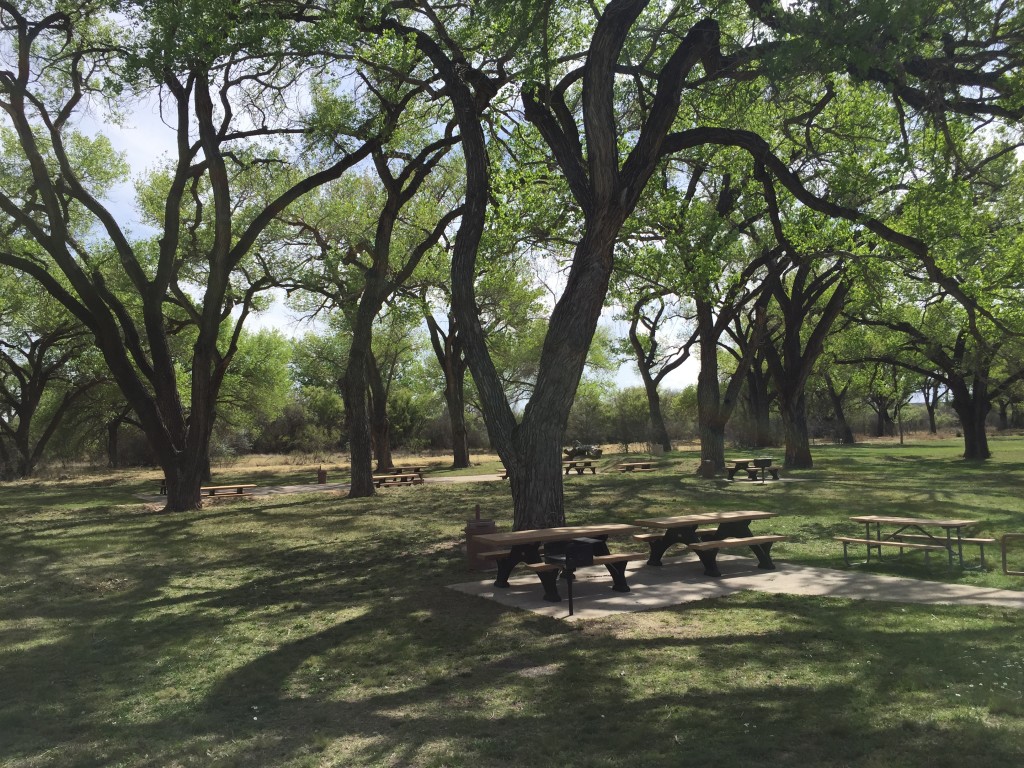
When visiting Rattlesnake Springs, it is important to come prepared for the remote and natural surroundings. The spring is nestled in a secluded area, surrounded by the natural beauty of the desert landscape. Due to its remote nature, it is advisable for visitors to bring extra water to stay hydrated, especially during hot weather conditions. Additionally, packing snacks is important to ensure you have sustenance while exploring the surrounding area. In addition to your photography gear here are some other items to bring along for a more comfortable and safe trip. Bring sunblock, a wide-brimmed hat, and sunglasses to shield yourself from the intense desert sun. Wear sturdy and comfortable hiking shoes or boots suitable for walking on uneven terrain. The trails around Rattlesnake Springs vary in difficulty. Check the weather forecast and dress accordingly. Lightweight, breathable clothing is advisable, but be prepared for temperature fluctuations, especially in the evenings. Binoculars can enhance your experience, allowing you to observe wildlife and appreciate the scenic views.
There are several places to stay and eat near Rattlesnake Springs in Carlsbad, making it a convenient and comfortable destination for visitors. The Carlsbad Caverns are only a few minutes away and are a must-see while in the area. The two make a nice combination for a trip. Some of the nearby accommodations include the Carlsbad Inn, the Hampton Inn & Suites Carlsbad, and the Holiday Inn Express & Suites Carlsbad. These hotels offer comfortable rooms and easy access to Rattlesnake Springs and the caverns. In terms of dining options, while in Carlsbad, visitors can enjoy local restaurants like the Trinity Hotel Restaurant, the Blue House Bakery & Café, and the Double Eagle Restaurant.
In conclusion, Rattlesnake Springs is an excellent destination for birding and bird photography enthusiasts. The area is home to a variety of bird species and provides ample opportunities to observe and photograph them in their natural habitat. Visitors can also enjoy the natural beauty of the surrounding desert landscape, the Carlsbad Caverns, and nearby accommodations and dining options. With its easy-to-navigate trails and picturesque scenery, Rattlesnake Springs is a must-visit destination for anyone interested in birds and nature.
